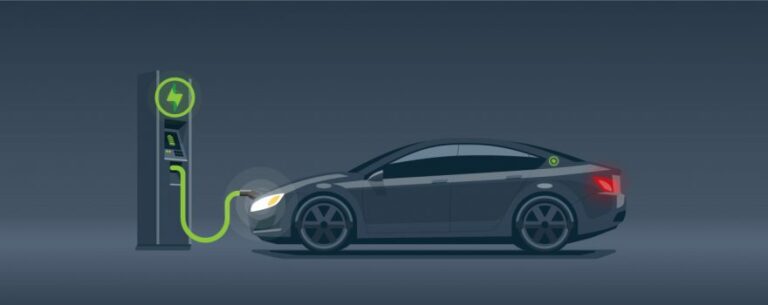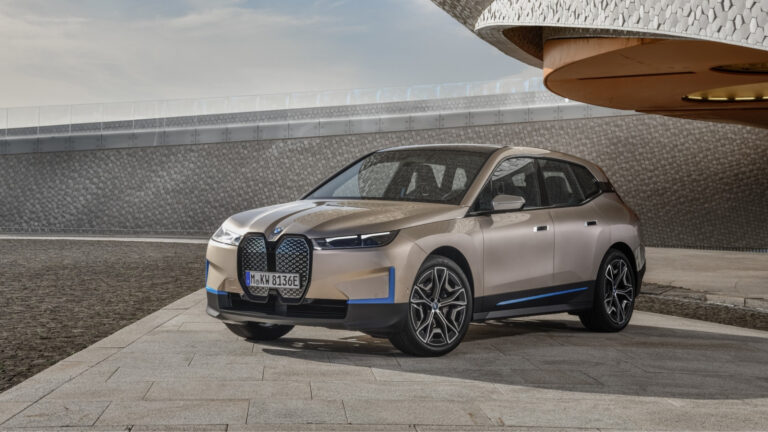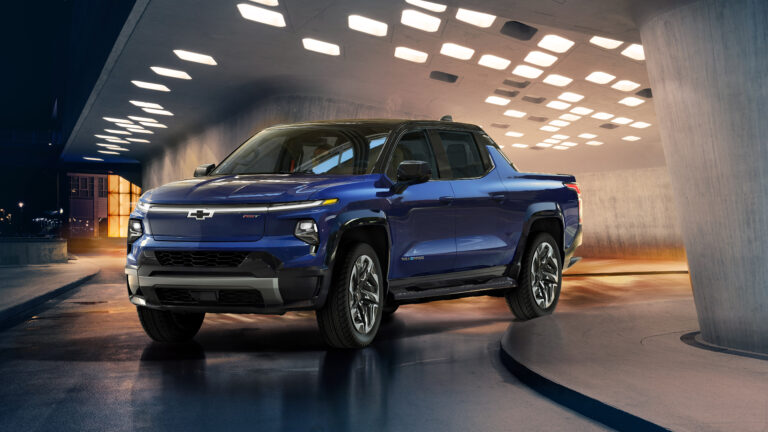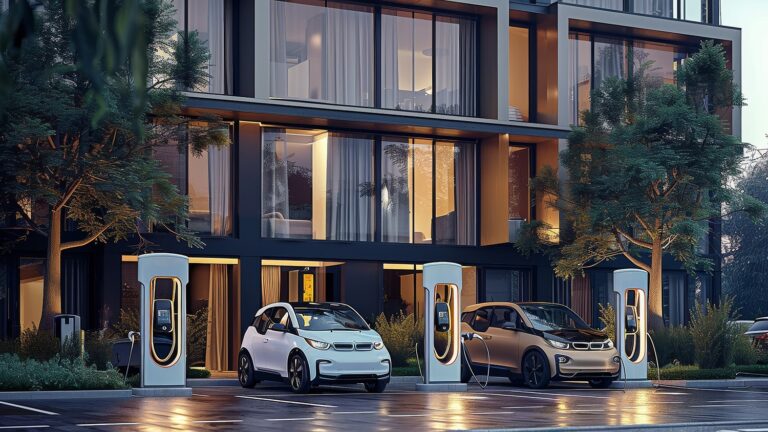
Catégories :
The differences between an electric motor and a combustion engine
2021-04-09 - Updated 2024-02-08

What are the differences between an electric motor and a combustion engine? At first glance, this question may seem quite simple! It is obvious that an electric car is powered by electricity, while a gasoline car runs on gasoline.
Electric motor and combustion engine: what are the differences?
In addition to this major difference in power source, the technology, components, and mechanics of an electric car are quite different from those of a gasoline car.
See what the major differences are between the electric car motor and the gasoline car motor and what the impacts are.
The principle of the electric motor
The electric motor operates by means of electromagnetic force. To achieve this, a current is used to create a magnetic field on the fixed part of the machine (the stator), which, when it moves, will set a rotating part (the rotor) in motion. The stator is fixed, while the rotor is in rotation. Thus, the stator uses the energy stored in the electric vehicle's battery to create a magnetic field that then rotates the rotor.
On board an electric vehicle, when you press the accelerator, the car's battery sends electricity to the stator, which causes the rotor to rotate. This generates the mechanical energy needed to drive the car. Thanks to this principle, we have a 100% electrically-powered car that generates no waste, greenhouse gases, or any pollutants!
The principle of the combustion engine
Since the beginnings of the automobile, cars were powered by gasoline. The gasoline that explodes in small amounts in a closed space inside the car's engine creates the process we call combustion. This combustion moves pistons that, through connecting rods, turn a crankshaft, which in turn drives the rotation of one of the vehicle's axles. This type of engine is known as an internal combustion engine, which is found in most gas-powered cars.
WHAT DOES THIS IMPLY?
Generating motion through the combustion process being more complex, a combustion engine therefore has many more parts and takes up more space than an electric engine.
Also note that studies show that the energy efficiency of a combustion engine is about 13%, whereas for an electric engine, the efficiency is 73%.

On average, electric motors can have around twenty parts, whereas combustion engines can have over 2,000.
This means that the maintenance of an electric car is lower, easier, and much less expensive. In addition, the electric car does not require oil changes or periodic replacement of the exhaust system, which in the case of the catalytic converter involves rare metals.
This also reduces the risk of breakdowns and expensive visits to the garage. While combustion engines require more maintenance, as there are more components, this means a greater risk of parts that can wear out or break. In the case of the electric car, the most critical parts for daily operation are the batteries, which can be replaced at the end of their lifespan. However, this is unlikely to be necessary, since batteries have an average lifespan of over 10 years or more.
Another major difference between the two types of vehicles is the brakes. In the case of an electric car, any deceleration causes the rotor to produce energy that is converted by the stator and returned to the battery, while also slowing down the car to the point where it can be driven using only the accelerator pedal... without touching the brakes! This is called regenerative braking. The use of regenerative braking, in addition to returning energy to the battery , does not wear out the mechanical brakes (which are identical to those on a combustion engine car), does not produce polluting airborne particles, and results in an extremely extended lifespan of about 5 to 8 years.
In every way, electric car technology is much more interesting than combustion engine technology. That is why they represent the future!








